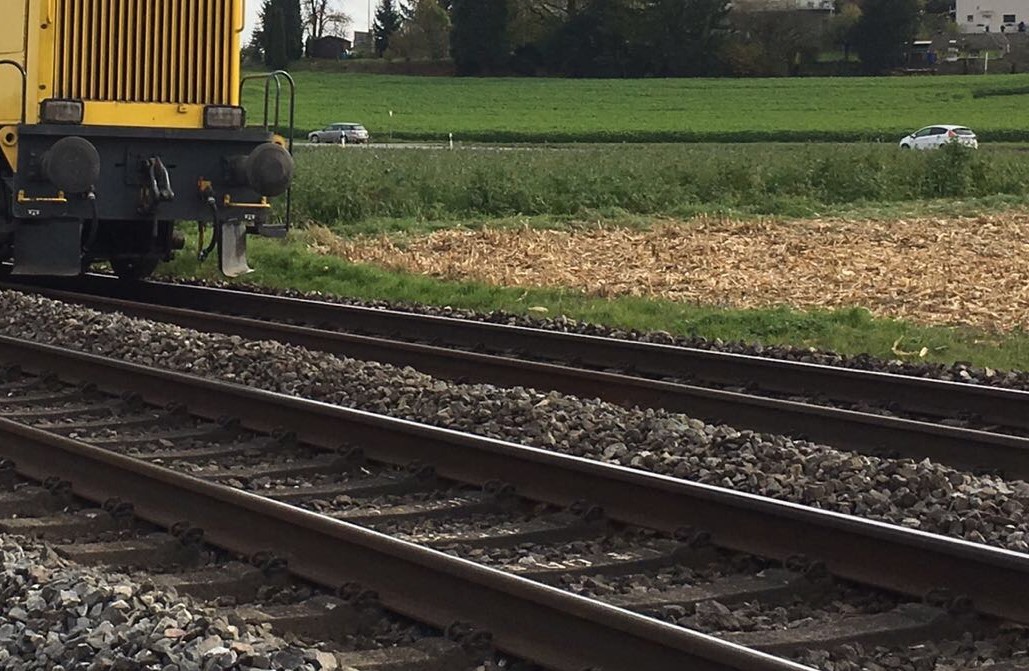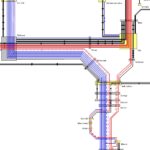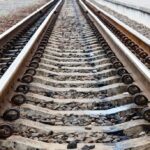The 2021 revision of the track access charge will lead to a reduction of CHF 30 million in freight transport. After the 2013 revision brought an increase of CHF 25 million, the cost block for freight railways is now back at the 2013 level. Accordingly, the costs for rail freight transport in the market should fall. Due to the newly introduced bonus for trains with a length of over 500m of 1Rp/train km, there is an incentive for the formation of long trains and thus the use of fewer train paths.
Noise bonus still granted
The noise bonus remains in place, but undergoes two negative changes: The bonus will be reduced from 2 Rp/km per axle to 1.6 Rp/km per axle. In addition, the bonus will only be granted if the goods train concerned contains only low-noise wagons. A single freight wagon equipped with grey cast iron brake blocks leads to the loss of the noise bonus for the railway undertaking (RU). The RUs have a responsibility not to classify any wagons with grey cast iron brake blocks, otherwise they will be liable to pay damages to the keepers of low-noise freight wagons. The noise bonus amounts to around CHF 30 million per year. If it were to be further reduced or cancelled, the compensation for the 2013 train path price surcharges granted with the 2021 train path price would be lost.
Criticism remains unheard
The fundamental criticism of the FOT’s train path pricing model by the industry associations once again went unheard. The definition of the standard marginal costs in the various route categories is not fair to the originator. What is needed is a differentiation of the route categories according to passenger and freight traffic. This is because each route category is primarily defined, built and operated according to the needs of passenger traffic. Freight traffic, with its comparatively modest train kilometres and demands on the network, does not define the standards and thus the so-called standard marginal costs per category in the mixed operation of passenger and freight traffic. Nevertheless, it must bear them in full. This is not fair to the polluter. Instead, a lower approach to the standard marginal costs should be applied to freight traffic in each category, in accordance with its demands on the standard of development.
A step in the right direction
After all, the last reduction in the train path price has its origins in the signal boxes and the costs for operations management. This may be interpreted as a first step in the right direction of increased polluter-pays fairness.


